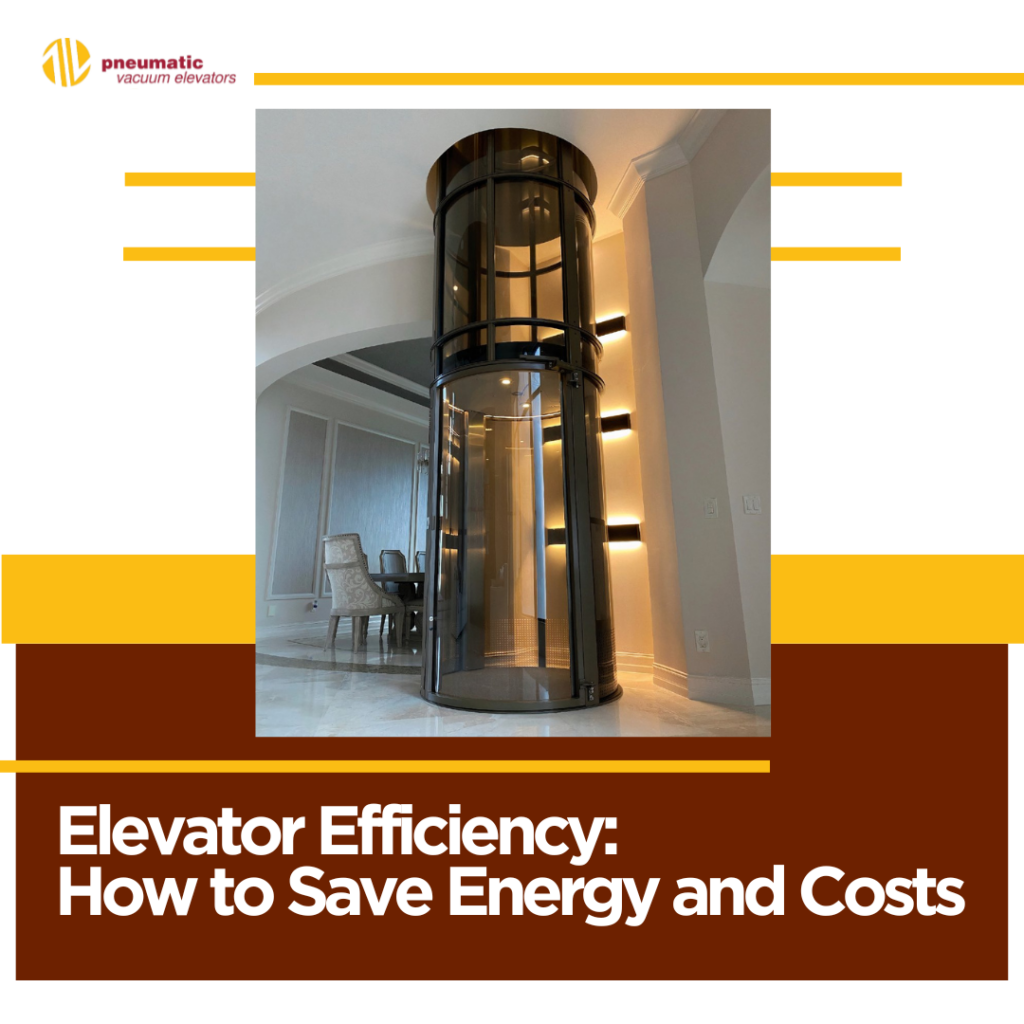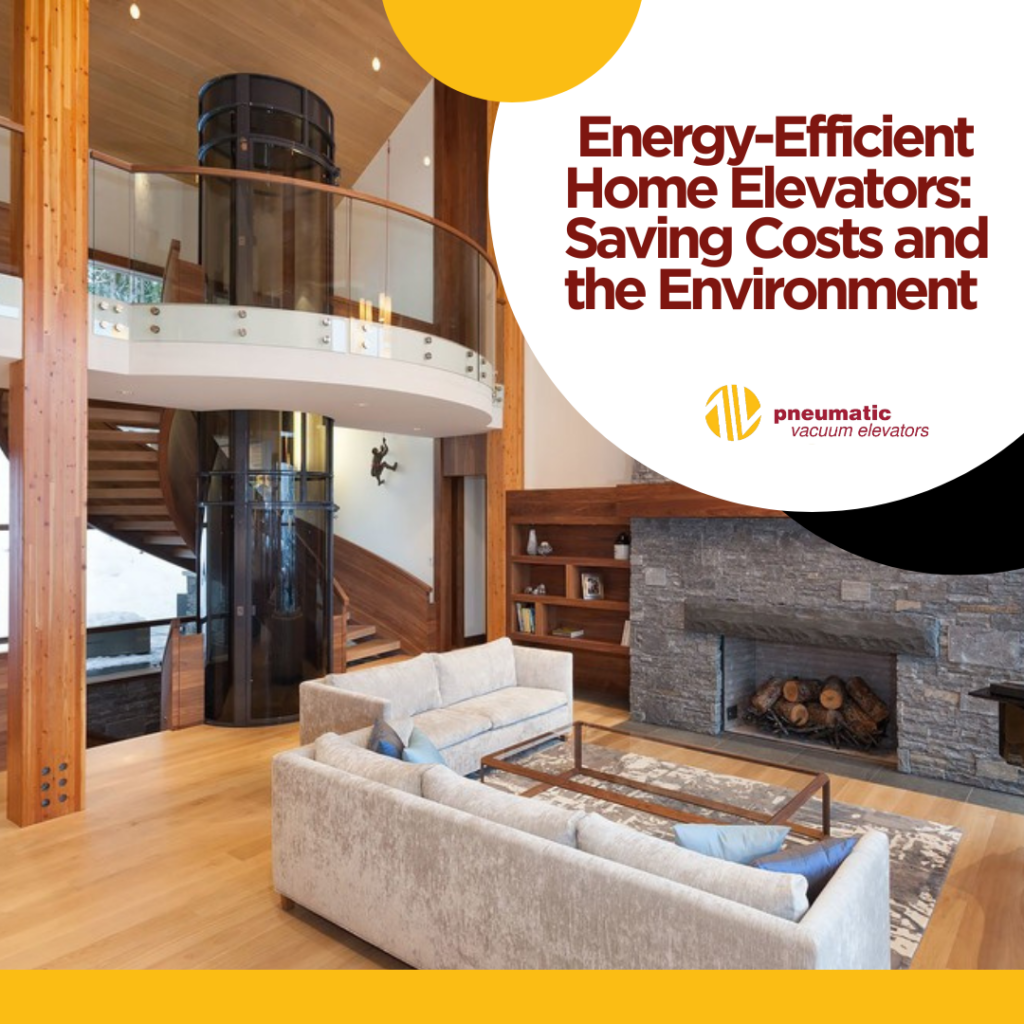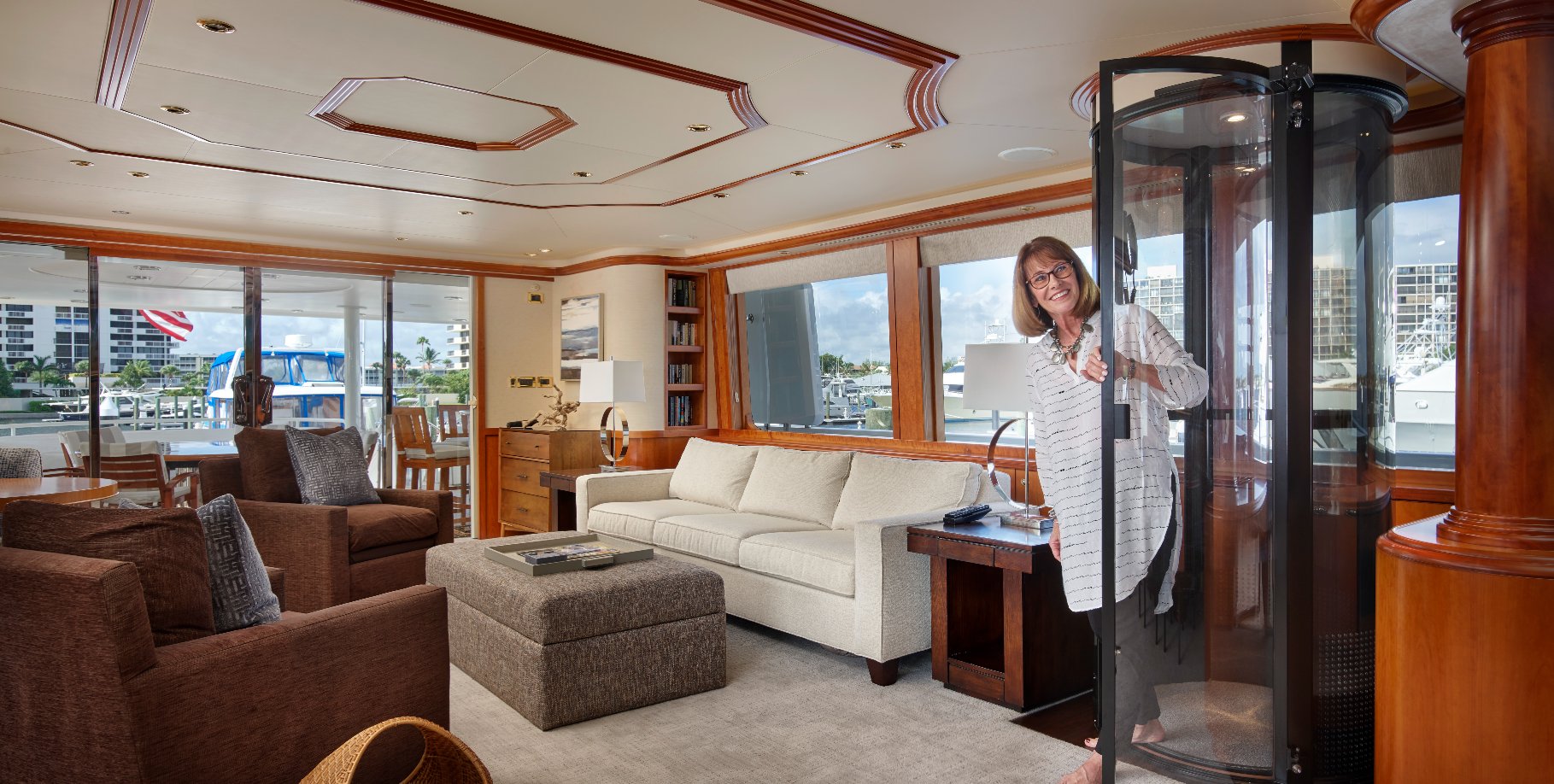Residential elevator pricing is a multifaceted interplay of various technical and logistical components. Delving into the intricacies of these elements provides a more nuanced understanding of how pricing is determined in this specialized market.
Structural Considerations and Engineering Complexity
One fundamental aspect influencing residential elevator pricing is the structural compatibility and engineering complexity of the installation. Homes with existing elevator shafts or those designed with provisions for vertical transportation may incur lower installation costs due to reduced structural modifications. Conversely, retrofitting elevators into structures not initially intended for such installations can necessitate extensive structural alterations, driving up both material and labor expenses.
Elevator Type and Technology Adoption
The type of elevator you choose makes a big difference in how much it costs. Hydraulic elevators are reliable and affordable, but they need special rooms for machines and tanks for hydraulic fluid, which can make installation more complicated and expensive. On the flip side, pneumatic elevators use air pressure to move, which saves space. However, because of their fancy technology and special parts, they usually cost more to install at the beginning.
Traction Elevators: Engineering Precision and Performance Optimization
Traction elevators are fancy machines in buildings that use ropes and weights to move up and down smoothly. They’re really good at going up tall buildings without any problems. But because they’re so fancy and need to be installed just right to keep everyone safe, they usually cost more at the beginning. This is because they’re made with really smart designs and need a lot of careful work to put in place.
Regulatory Compliance and Code Adherence
The rules and regulations that control how residential elevators are installed are super important for figuring out the price. Making sure that elevators follow all the building codes, safety rules, and accessibility standards set by local governments is a big deal. It means careful planning and following the rules exactly, which can sometimes make the project cost more. Things like making the building stronger, meeting electrical rules, and doing safety checks are all necessary to make sure the elevator works right and is safe to use. Even though following these rules can add to the overall cost, it’s something that can’t be skipped.
Geographic Disparities and Regional Cost Variances
Geographic location exerts a notable influence on residential elevator pricing dynamics. Urban centers characterized by dense populations and stringent building regulations may witness higher installation costs due to heightened demand and regulatory compliance complexities. Conversely, suburban or rural areas with fewer regulatory constraints and lower labor rates may offer comparatively more favorable pricing environments. Understanding these geographic disparities is imperative for accurate cost estimations and budgetary planning.
Brand Prestige and Product Differentiation
The prestige associated with elevator brands and the differentiation offered by their product portfolios significantly impact pricing structures. Established brands renowned for their reliability, performance, and after-sales support may command premium pricing, justified by their track record and customer trust. Conversely, emerging players seeking market penetration may adopt competitive pricing strategies to gain traction, albeit potentially compromising on brand recognition and perceived value.
Maintenance and Lifecycle Cost Analysis

After you install the elevator, it’s really important to think about how you’ll take care of it over time. Just like any machine, elevators need regular maintenance to work well and last a long time. Thinking about things like regular check-ups, fixing parts when needed, and how long the elevator will keep running helps you understand how much it’ll really cost you in the long run. Also, it’s good to check if there are warranties, service deals, and if it’s easy to get replacement parts from the company that made the elevator or other companies. This helps you plan for how much you’ll need to spend on keeping your elevator in good shape.
Technological Advancements and Future-Proofing Investments
The rapid pace of technological advancements in the elevator industry introduces a layer of complexity to pricing considerations. Innovations such as smart elevator systems, predictive maintenance algorithms, and energy-efficient components offer compelling value propositions but may entail higher upfront costs. However, investing in state-of-the-art technologies not only enhances user experience and energy efficiency but also future-proofs the residential elevator against obsolescence. Assessing the long-term benefits of technological integration alongside short-term cost implications enables stakeholders to make informed investment decisions aligned with their strategic objectives and sustainability goals.
Energy Efficiency and Environmental Sustainability
In an era marked by growing environmental consciousness and sustainability imperatives, energy efficiency emerges as a critical criterion in residential elevator pricing evaluations. Energy-efficient elevator systems, leveraging regenerative drives, LED lighting, and standby mode functionalities, not only reduce operational costs but also mitigate carbon emissions and environmental impact. While energy-efficient elevators may command slightly higher initial investments, their long-term cost savings and ecological benefits underscore their viability as prudent investments in the context of sustainable living and responsible resource utilization.
Financing Options and Economic Considerations
Navigating the financial aspects of residential elevator installations requires careful consideration of various financing options and economic factors. While outright purchase offers the advantage of ownership and equity accumulation, alternative financing mechanisms such as leasing or financing arrangements may provide greater flexibility and liquidity preservation. Additionally, assessing the potential impact of tax incentives, rebates, and financing subsidies available for energy-efficient or accessibility-focused elevator installations enhances the feasibility of projects from a financial perspective. By conducting comprehensive cost-benefit analyses and exploring diverse financing avenues, homeowners can optimize their investment strategies and mitigate financial risks associated with residential elevator projects.
A Holistic Approach to Residential Elevator Pricing
In conclusion, unraveling the complexities of residential elevator pricing mandates a holistic approach that encompasses technical sophistication, regulatory compliance, lifecycle considerations, and financial prudence.
By delving into the intricacies of elevator types, technological innovations, and sustainability imperatives, stakeholders can gain deeper insights into the factors shaping pricing dynamics. Moreover, adopting a forward-thinking mindset that embraces technological advancements, energy efficiency, and financial acumen empowers homeowners to make informed decisions that align with their aspirations for comfort, convenience, and sustainability. In essence, a comprehensive understanding of residential elevator pricing facilitates prudent investment strategies and ensures optimal outcomes for homeowners seeking to elevate their living spaces to new heights of sophistication and functionality.
Frequently Asked Questions (FAQs) about Residential Elevator Pricing
1. What factors influence the cost of a residential elevator?
The cost of a residential elevator can be influenced by various factors, including the type of elevator chosen, structural considerations, installation complexities, regulatory compliance requirements, geographic location, brand reputation, and customization options.
2. How much does a residential elevator installation typically cost?
The cost of a residential elevator installation can vary widely depending on factors such as the elevator type, home layout, structural modifications required, geographic location, and additional features or customization. On average, installations can range from several thousand to tens of thousands of dollars.
3. Are there ongoing maintenance costs associated with residential elevators?
Yes, residential elevators require periodic maintenance to ensure optimal performance and safety. Maintenance costs can include routine inspections, lubrication, adjustments, and potential component replacements. It’s essential to factor in these ongoing maintenance expenses when budgeting for a residential elevator.
4. How do energy-efficient elevators impact pricing?
Energy-efficient elevators, leveraging advanced technologies such as regenerative drives and LED lighting, may command slightly higher initial investments due to the cost of these specialized components. However, they offer long-term cost savings through reduced energy consumption and operational expenses, making them a compelling option for environmentally conscious homeowners.
5. What financing options are available for residential elevator installations?
Homeowners have various financing options available for residential elevator installations, including outright purchase, leasing, and financing arrangements. Additionally, tax incentives, rebates, and financing subsidies may be available for energy-efficient or accessibility-focused elevator installations, helping to offset upfront costs and enhance affordability.
6. How can homeowners ensure they’re getting the best value for their residential elevator investment?
To ensure they’re getting the best value for their investment, homeowners should conduct thorough research, obtain multiple quotes from reputable elevator companies, consider the total cost of ownership over the elevator’s lifespan (including installation, maintenance, and operational expenses), explore financing options, and assess the long-term benefits of energy efficiency and technological advancements. Additionally, consulting with industry professionals and leveraging customer reviews and testimonials can provide valuable insights into the reliability and performance of different elevator systems.








